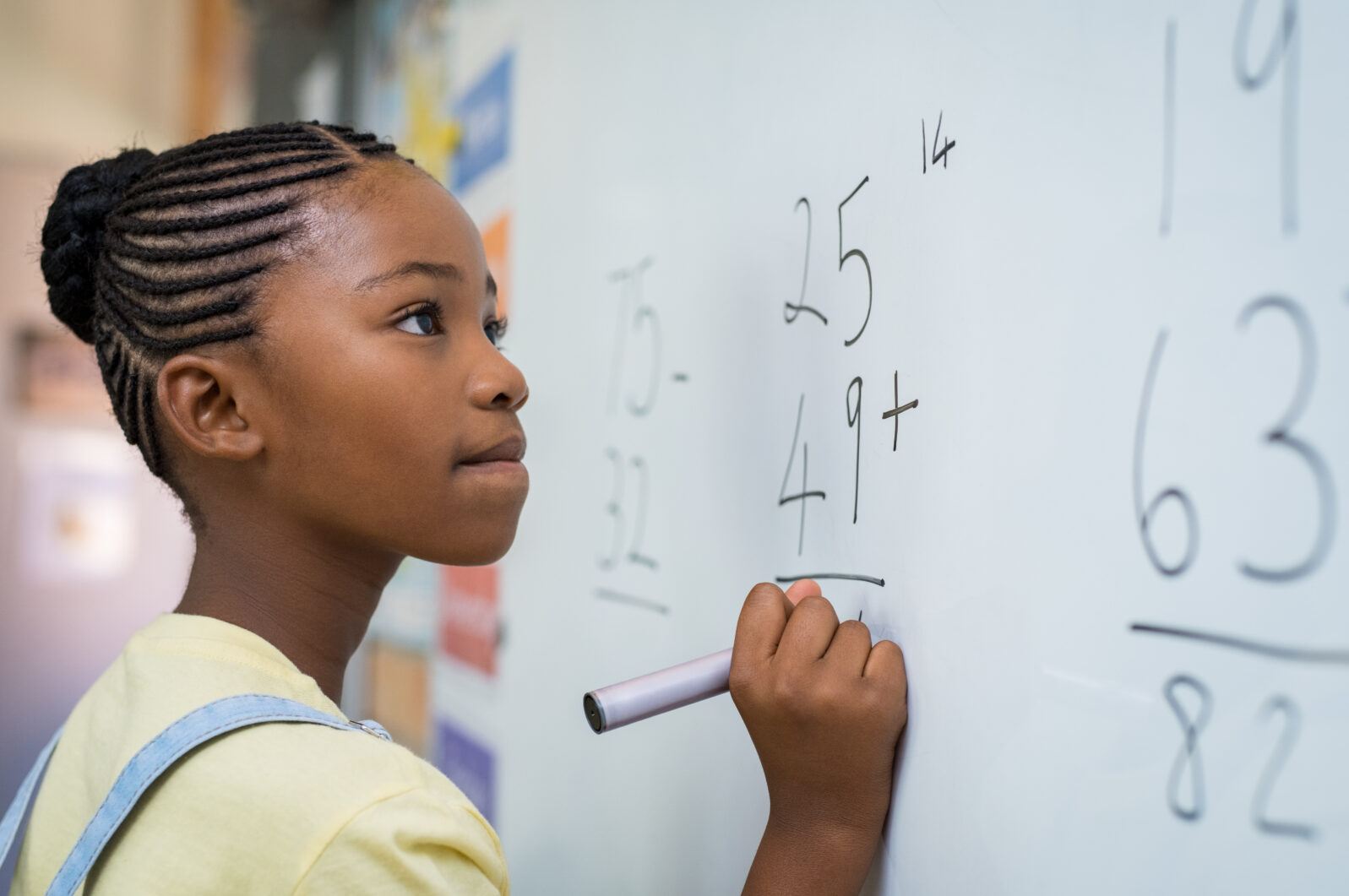How Can We Really Fix the Way Math Is Taught?
First, we must understand why we teach math in the first placeMany people recognize that there are problems with modern mathematics curricula. However, the solutions proposed by current would-be math reformers are, I fear, worse than the cure. Some reformers want to stop having kids memorize their arithmetic facts, some want kids to just use computers to solve their problems, others think that the way we teach mathematics is racist, and still others seem to want to just greatly reduce the quantity of math education altogether.
In this first part of a four-part series of short posts, I want to look at the most basic question: Why do we teach math?
Earlier this month, an article by Yoree Koh in the Wall Street Journal took a look at the “Movement to Modernize Math Class”: “‘Freakonomics’ co-author Steven Levitt and other reformers are pushing for more equitable curriculum that better equips students for a data-driven world.”
While the problems in math education are widely recognized, as a society we seem stymied as to what to do about it or even what the underlying problem is. I see three primary problems with mathematics education: Ignoring the importance of the student; not being sufficiently conscious as to why we teach mathematics; and developed the curriculum over several generations without rethinking.
However, before we start, we have to begin with “why.” What does math do for the students? Most people point either to the undeniable usefulness of arithmetic for basic daily living or to the fact that mathematics knowledge is a prerequisite for future STEM education and jobs. While there is nothing wrong with those goals, my belief in math goes deeper than that. We learn math in order to help us to think clearly.
The problem with math is that it mostly performs this function silently, invisibly. Solving mathematical equations is direct practice in logical manipulation. Unless those who want to reduce mathematics teaching start proposing courses in symbolic logic in its place, mathematics remains the one place where rigorous thinking is required. Not only that but the mathematics that is taught in school tends to involve problems that have only have one answer. Not only do students get practice using their logical skills, they get direct feedback as to whether they were using those skills correctly.

Mathematics gives students practice in core reasoning skills with concrete problems that have definite answers in order to help them achieve mastery of the reasoning process. That will allow the skill to be applied later to fuzzier problems where answers are not as certain.
Now that we know why we are teaching mathematics, we can start talking about how we can teach it better. The next three articles will explore the ways in which mathematics education can be improved.
See also: Part 2: Straight talk about fitting the math curriculum to the student. We need to avoid pushing too much too soon, lest students come to see themselves as “bad at math” when they are just not ready for it. About math drills: Every algebra teacher I’ve ever met will tell you that instant recall of math facts is the best predictor of algebra success.
Part 3: Helping students see how math benefits them in the long run. To keep them motivated, we need to answer the “Why bother?” question honestly and directly. Most mathematics topics teach a specific logical skill that will help students solve problems on any career path.
Part 4: To fix math education, see it as a program that needs an update. As a computer programmer, I’ve seen this problem in my work: The basic idea is still sound but “fixes” have made it too complex. We need to “refactor” math education, the way programmers must sometimes refactor old code that still works in principle but needs simplifying.
You may also enjoy: Bartlett’s calculus paper reviewed in mathematics magazine. The paper offers fixes for long-standing flaws in the teaching of elementary calculus.
and
Why does mathematics interpret reality? In the latest issue of Communications of the Blyth Institute, Gordon Mullings presents his account of why mathematics and physics are connected.
